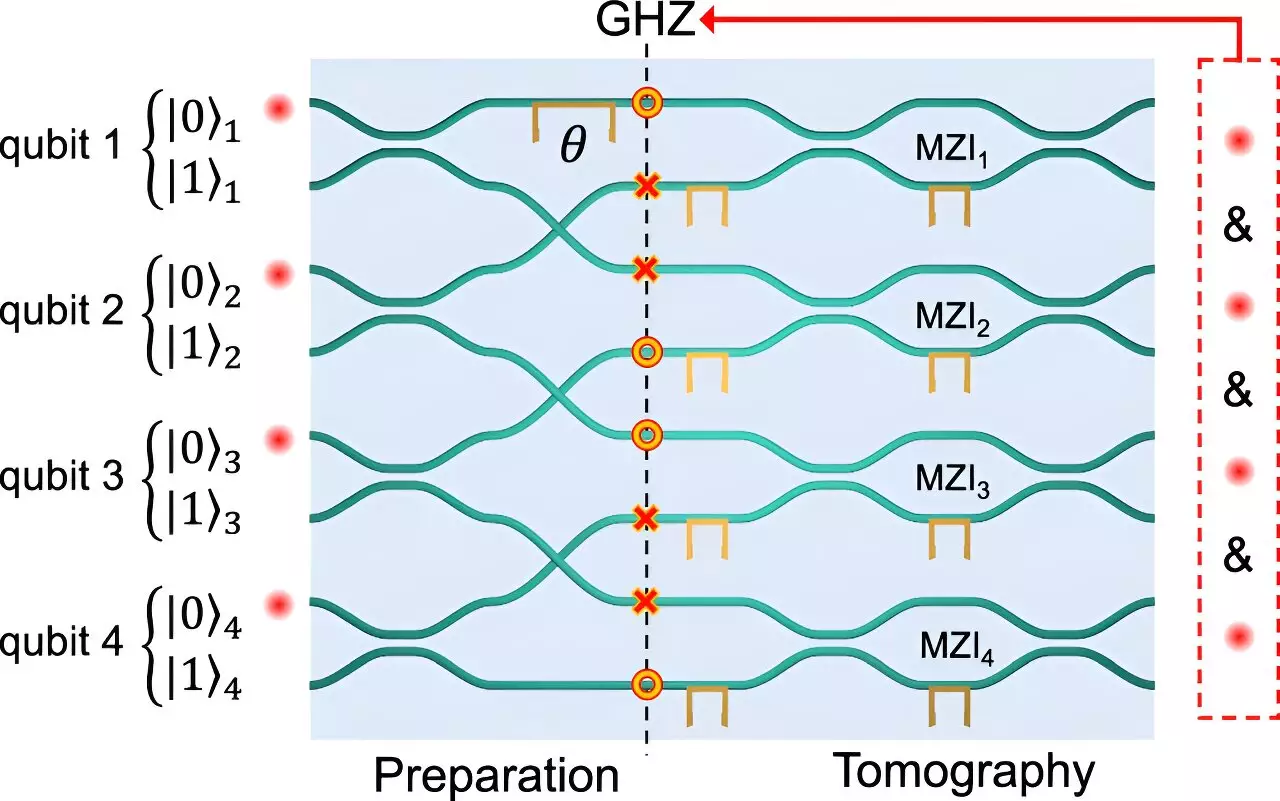In the realm of cybersecurity, quantum encryption is fast evolving into a vital player, offering a level of protection that classical encryption methods cannot match. Traditional methods rely on complex mathematical algorithms, but quantum encryption takes an entirely different approach, grounding its security in the laws of physics. At the core of quantum encryption is the concept of entanglement, where the quantum states of particles become interconnected. This means that any attempt at eavesdropping or interference is immediately detectable due to the alteration of those quantum states. As we inch closer to an era dominated by powerful quantum computers, the need for secure quantum protocols becomes increasingly urgent, highlighting a crucial turning point in how we handle sensitive information.
The quest to break encryption has traditionally been a game of computational might. Currently, classical supercomputers are unable to solve the complexities of strong encryption within a reasonable timeframe; breaking these codes could take thousands of years. However, the rapid development of quantum computers poses a direct threat to these systems, powerful enough to decode the same encryption in mere seconds. Paulo Henrique Dias Ferreira, a prominent researcher at the Federal University of São Carlos, emphasizes the necessity of developing quantum security measures that stand resilient against such unprecedented capabilities. The unfolding landscape indicates an increasing urgency for organizations to transition to quantum security protocols to safeguard their data.
Recent research spearheaded by Ferreira during his postdoctoral fellowship at the Polytechnic University of Milan has ushered in innovative advancements in quantum communication. His contributions to the development and characterization of entangled four-photon GHZ states on a photonic chip have garnered attention in the scientific community. These GHZ states are a cornerstone in quantum information theory, characterized as entangled states that seamlessly link multiple subsystems. Ferreira’s work represents a significant leap, exemplifying how quantum dot technology integrated with glass photonic circuits can enhance device capabilities and facilitate secure communication avenues.
To comprehend the significance of GHZ states, one must grasp the unique properties of entanglement. Ferreira likens the function of these states to a set of four coins. In a classical context, each coin can independently land on either heads or tails, leading to a variety of possible outcomes. However, in the entangled GHZ state, all four coins exhibit uniformity; they either all show heads or all show tails. This entangled phenomenon implies that once the status of one photon is known, the status of the others becomes immediately apparent, regardless of the distance separating them. This characteristic makes GHZ states particularly adept at underpinning quantum secret-sharing systems, where secure key distribution occurs among multiple participants.
The implications of using GHZ states stretch far beyond theoretical discussions. They bring forth a robust framework for achieving security in digital communications, combining advanced encryption techniques with reliable intrusion detection methods. The premise is simple yet effective: any illicit attempt at breaching the confidentiality of the quantum channel disrupts the delicate quantum correlations among the particles involved, thereby alerting genuine participants to the intrusion. Ferreira exemplifies this point, illustrating that when a malicious actor attempts to measure one particle’s state, the subsequent collapse of that quantum state jeopardizes the integrity of the shared key.
The role of GHZ states in commercial transactions is poised to redefine how digital security is approached. As we tread deeper into an interconnected world, the capability of quantum systems to counteract even the most sophisticated quantum computer attacks becomes increasingly important. According to Ferreira, quantum encryption technologies leveraging GHZ states present a formidable barrier against unauthorized access, reinforcing the integrity of sensitive data in the digital sphere. The advent of these systems foretells a transformative phase in communications and computing infrastructures, where the possibilities for enhanced security and operational efficiency are boundless.
The journey towards integrating quantum encryption systems into our digital infrastructures is well underway. With Ferreira’s breakthroughs and the continued exploration of quantum information technology, we stand on the precipice of a new era in cybersecurity. This newfound capability to generate high-fidelity entangled states in photonic chips not only signifies a monumental technological advance but also promises profound implications for security in an increasingly vulnerable digital landscape. As we forge ahead, the expectation is that quantum devices will become integral tools for secure, efficient communication, fundamentally altering our approach to safeguarding information.


Leave a Reply